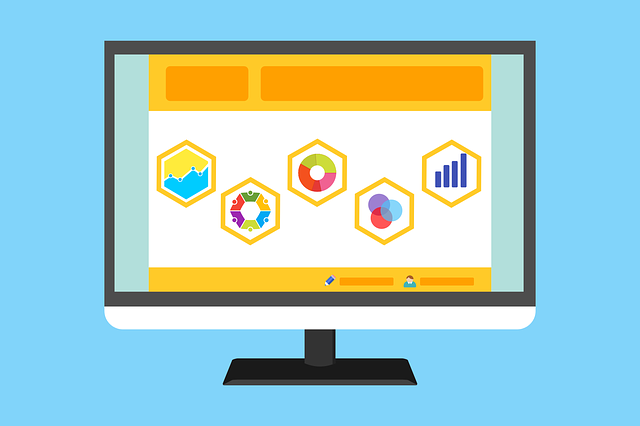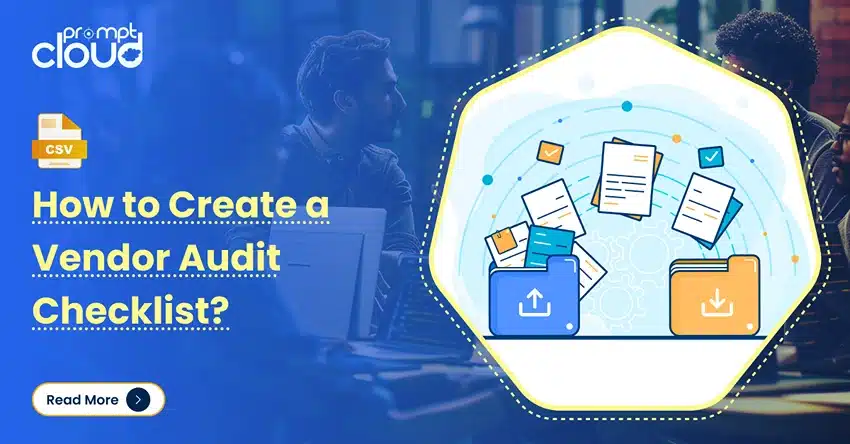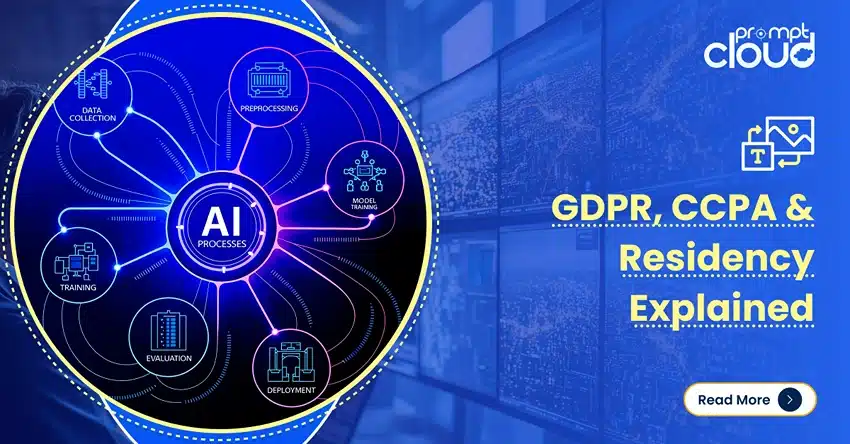Big data has sparked a major transformation in how companies and firms would conduct their business across the world. In the future, many functional areas that require human intervention would become automated. Just like Amazon suggests the ‘books to buy’, LinkedIn recommends ‘People You May Know,’ Facebook pops up the pages you might like; the same technologies would be applied to other fields shortly. For instance, in recommending treatments, diagnosing diseases, and perhaps in recognizing criminals before they commit a crime.
Big data will certainly be a game-changer in the coming years. The collective effect of initiating big data practices and technologies into an organization would result in transformational change. Big data can impact various functions across the organization, from redefining product development, optimizing the supply chain, positively impacting customer relationships, making the business data-focused, improving operations, and a lot more. Senior executives must start considering how their firms can benefit from insights derived from big data implementation.
Big Data Predictions for 2017 and Beyond
As we move through 2016 and embrace 2017 shortly, more sensors, devices, technologies, businesses, and even people would join the big data bandwagon. Here are the areas where big data is most likely to revolutionize business.
Internet of Things (IoT)
Big data cloud service is behind-the-scene magic of IoT. Neil Mendelson, Vice President, Big Data Advanced Analytics, Oracle, said expanding cloud services would not only catch sensor-data but feed it into big data algorithms and analytics to make effective use of it. Moreover, secure IoT cloud service will assist manufacturers in creating new products and services that take action on analyzed data safely, without human intervention.
The industrial internet blends machine learning, machine-to-machine, and big data communications to identify patterns and adjust business operations in real-time. In a little while, the industrial internet would expand by definition to incorporate the IoT. Soon, real-time data streams would revamp what is possible through industrial internet, enabling users to adjust a process, ask critical questions, or see a specific pattern immediately. Entire industries like pharmaceutical, energy, information technology, communications, banking, and agriculture will be significantly influenced by the ability to examine historical and real-time data together to make informed and quick business decisions.
We will be progressing as a society where information and data itself would become our essential commodity of trade. Micro-licensing, transactions, and monetized exchange of information will become important tasks as our machine-to-machine and automation networks take care of our daily needs. Owning the data, assessing the data, and innovating and improving would become the basis for industry and corporate success.
Machine Learning
Big data is omnipresent and integrated into daily activities we do such as shopping online, reading a map, or even traveling. In the time to come, technologists and companies would shift their focus from big data to machine-learning and provide proactive insights. Moreover, active intelligence will be the new focus through which companies would leverage technology such as machine learning and predictive analytics to provide solutions, which are assessing data 24/7 and notifying us when important events happen.
On the other hand, there is a lot of excitement about artificial intelligence (AI). Large companies and even startups are making major investments in AI. Nevertheless, business success would go to companies that apply more machine learning techniques to resolve routine problems such as providing more personalized product promotions, services, and recommendations without much fanfare or fuss. Companies that can convert futuristic ideas into manageable practical applications, which can be used effectively across the organization, would reap more returns and benefits on their investment. The year 2017 will see AI technologies like property graphs (PG), natural language processing (NLP) and machine learning (ML) being applied to customary or normal data processing challenges. Though PG, NLP, and ML are already accessible as application programming interface (API) libraries in big-data, the new shift would include extensive uses of these technologies in information technology tools that support data science, real-time analytics, and applications.
Healthcare
Cognitive computing and AI will shape the way for personalized medicine, help save lives of people suffering from rare ailments, and improve the state of health-care in the coming years. Today, only 16 percent of hospitals in the U.S. use predictive analytics, despite President Barack Obama’s precision medicine initiative in the 2015 U.S. Parliament address. However, recent technological advances that apply AI to big data predictive analytics make it possible to practice personalized medicine through mapped genomic data with a patient’s electronic medical records and to answer questions for medicine or treatments for rare diseases. In the past, medical research on the new diseases and their treatments has been cost-prohibitive due to small sets of samples but it seems much feasible with large data-sets in big data. Now it might be possible to make use of precision medicine by involving answers to questions about potential treatments for sub-populations like women, older adults, children, and different ethnicities.
Preventing Crimes
To identify potential criminals before they commit any crime, law enforcement agencies, particularly in the west, are turning to big data. Publicly shared information coupled with intelligence information and data provided by law enforcement offices and local authorities helps police spot violators and criminal activities with higher accuracy before trouble begins. As a result, law enforcement agencies would tend to be less reactive, thus reducing the risk of shooting or arresting the wrong person. Also, these police officers focus on crime hotspots to grab criminals once they come out of their hiding place. Through big data analytics, planned missions have assisted law enforcement agencies to reduce or control crime rates in major cities worldwide.
Dealing with Natural Disasters
Every year, billions of dollars and thousands of lives are lost during floods, earthquakes, droughts, or other natural disasters. Data scientists recognize the value of using data mining techniques to evaluate natural disasters to help in understanding trends, analyzing the vulnerability of populations, and predicting future disasters. The objective of such analyses is to assist governments across the world for relief efforts, emergency response, and to devise strategies for future natural disaster mitigation. Recent developments in big data and data science technologies have assisted data scientists to employ descriptive and predictive techniques economically and accurately. These techniques have been useful in identifying populations susceptible to natural calamities by analyzing past incidents to determine patterns that might identify populations at risk and improve future disaster predictions.
Impact of Big Data on Businesses
Edwin Miller, CEO of 9Lenses, a US-based tech firm, says big data had a significant impact on businesses, right from supply chain operations, product development to customer relations, and would continue to do so. Though many might not know about big data, it has certainly made an impact on quite a few conventional businesses.
US-based Capital One Financial Corporation is a good example. Between 1990 and 2000s, the credit card industry used a uniform pricing model charging each consumer the same price, however, except Capital One. The firm utilized a statistical model, which was based on demographic and public credit data, to provide customized products to customers. The innovation enabled the firm to earn a 33 percent compound annual growth rate (CAGR) from 1995 to 2003. As a result, quite a few banks have focused more on big data analytics, enabling them to achieve 17 percent growth in their yearly net revenue, when compared with top American banks such as Bank of America at 11 percent, Citigroup at 11 percent, and JP Morgan at 6 percent from 2009 to 2015.
Walmart constantly uses big data analytics for better operations, products, and services. In the 1990s, the company transformed the retail sector by recording each product as data with the help of a system known as a retail link. This system enabled suppliers to oversee and organize their products and services by monitoring their data, including inventory turnover, inventory volume, gross margin, and in-stock percentage. Consequently, they achieved low inventory risks and other associated costs.
Rolls Royce is also applying big data, which in turn, has reformed aircraft engine manufacturing. The luxury carmaker routinely monitors around 3,600 engines, each having several sensors to predict where and when breakdowns might occur. The company has transformed its business from selling engines to selling both quality engines and monitoring services, charging customers according to usage, repair, and replacement. Currently, the service accounts for over 68 percent of their yearly revenue in aircraft engine division.
Conclusion
As big data is still unfolding, it is quite clear that changes brought by big data will transform businesses, organizations, and even societies. Big data will stay here and businesses need to adapt to this new paradigm. Companies may postpone or delay in implementing their big data strategies, but it is evident that firms that have already implemented their strategies outperform their peers. So, develop your big data strategy now if your company also wants to create and provide products and services in the thriving big data era.
Planning to acquire data from the web? We’re here to help. Let us know about your requirements.




















